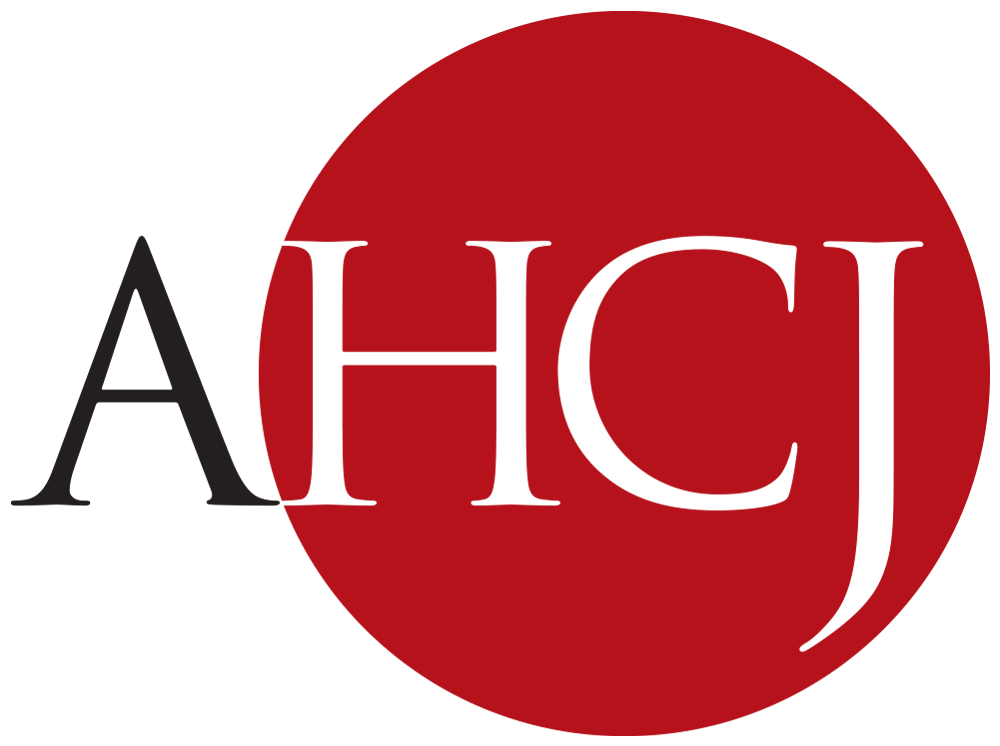Check out the session summary below.
|
Panelists:
|
By Jake Harper
If you’ve ever thought about creating an audio story — whether that’s a 45-second spot, 4-minute feature, a longform narrative story or even a serial podcast — the good news is that the technical barriers to entry have never been lower. Interviews and scenes recorded with a smartphone can be nearly as good as those recorded with professional audio equipment. You can easily capture Zoom sessions for broadcast, and you can cut and mix your stories with free or cheap digital audio workstations.
As the panelists all agreed, creating great audio stories is less about the tools than how you use them. That said, they offered a lot of useful tips for making great audio stories.
- First and foremost: plan ahead. It’s essential to think about the medium before you get too far into the reporting. If you don’t record a conversation or event the first time around, it can be hard to recreate the magic. And it’s often important to find and record a scene to bring listeners into a story. “You need audio of people doing things. You need people talking about what they do. It needs to have more audible movement than what you can write as a writer,” said Maiken Scott, host and executive producer of WHYY’s “The Pulse.”
- The written quotes you’d use in a print story may or may not make great tape, and the sounds you make or questions you might ask during an interview for a print story may not translate well to audio. Scott recommends thinking about how your questions sound and listening back to your own interviews. Great questions may end up in an audio story, but too much rambling or too many “likes” or “ums” can make them confusing and unusable.
- Emily Martinez, executive producer at the podcasting company Campside Media, advised getting comfortable with silence and letting interview subjects fill it. “You never know what they're going to say.”
- Monitoring sound with headphones helps catch noises like HVAC, wind or other sounds that may distract from what you want listeners to hear. “Control your environment, always wear headphones, then you're good,” said Carrie Feibel, senior health editor at NPR.
- The writing style for radio includes more short, simple sentences – subject, verb, object. “Verbs are very powerful,” Feibel said.
- When it comes time to pitch, keep it short, tell editors what tape you have or what you can get – and don’t overpromise.
There’s a learning curve, but a lack of experience shouldn’t deter journalists from pitching audio stories to local or national outlets. “You're not gonna be turned away because you are new to this,” said Anne Marshall-Chalmers. “If you have a great story, they'll help you craft it into something great.”
Jake Harper is a freelance audio producer currently based in Los Angeles. He was a 2023 AHCJ-California Health Journalism Fellow.
Resources
- NPR: Get great sound every time with this field recording checklist
- NPR Training: Training.npr.org
- AIR, https://airmedia.org: a global community of independent audio producers.
- The Open Notebook, www.theopennotebook.com
- The Transom: https://transom.org
